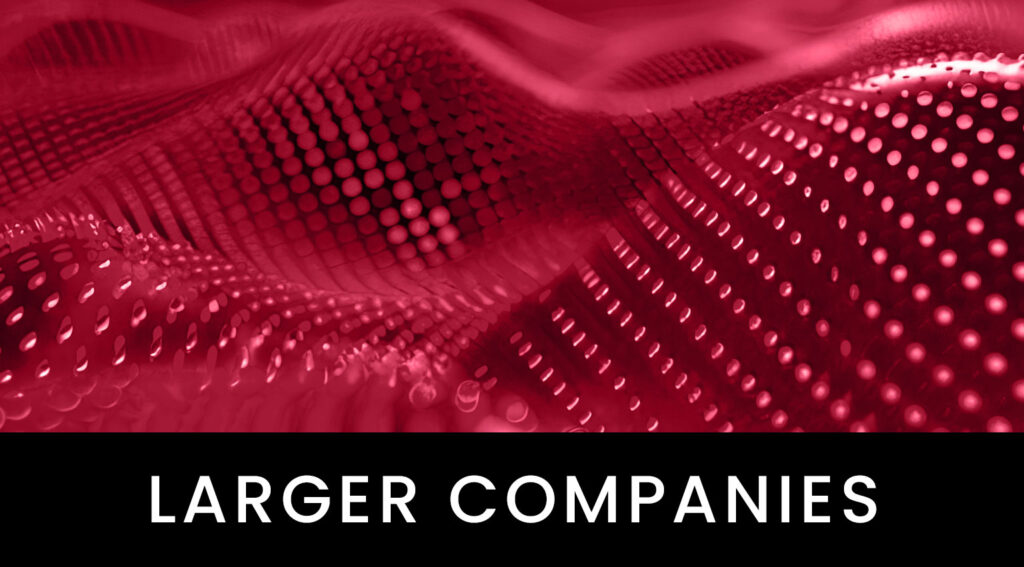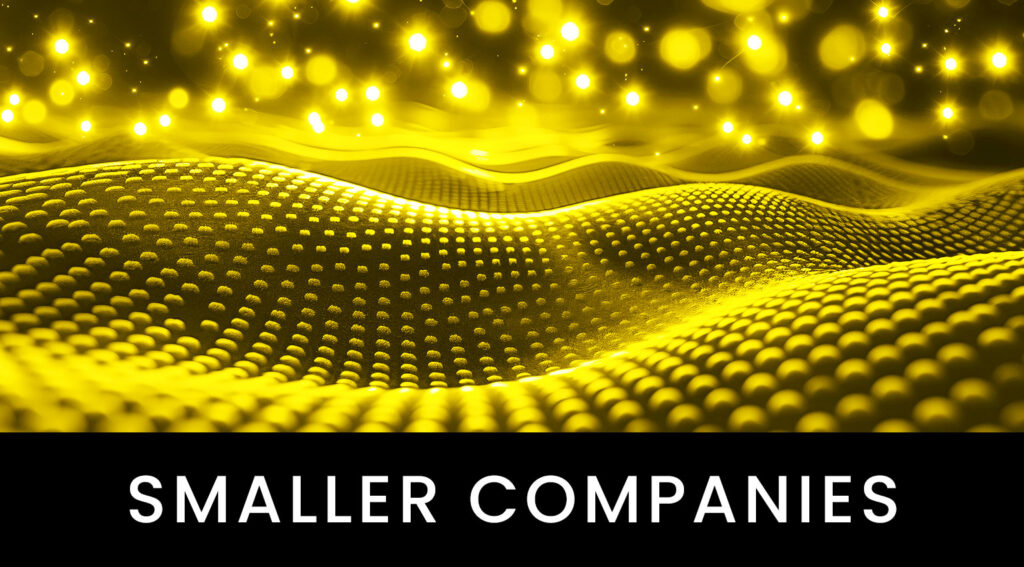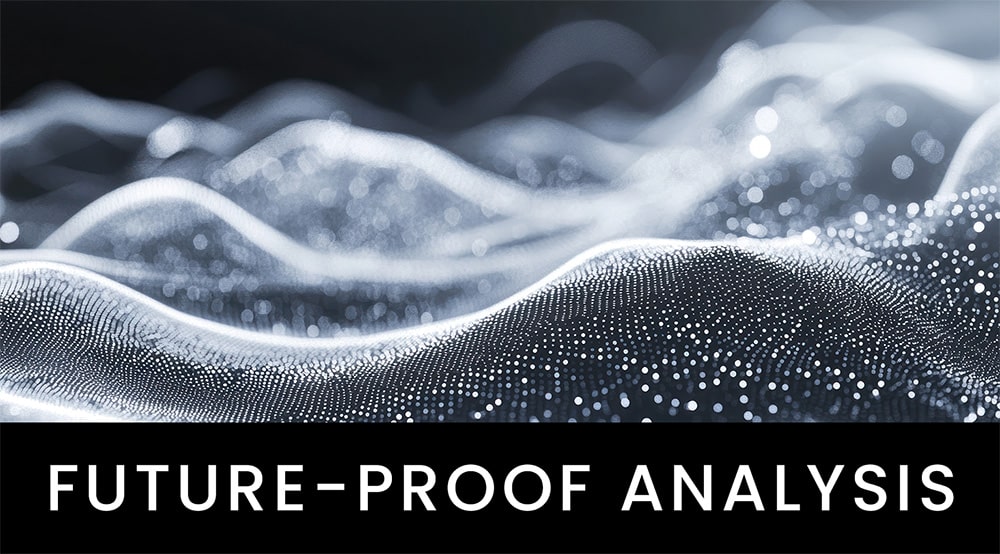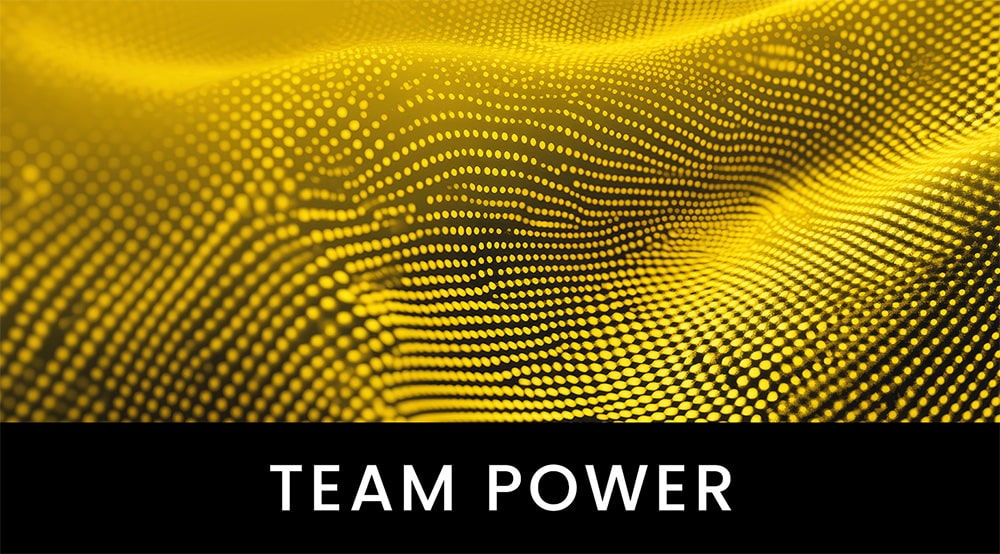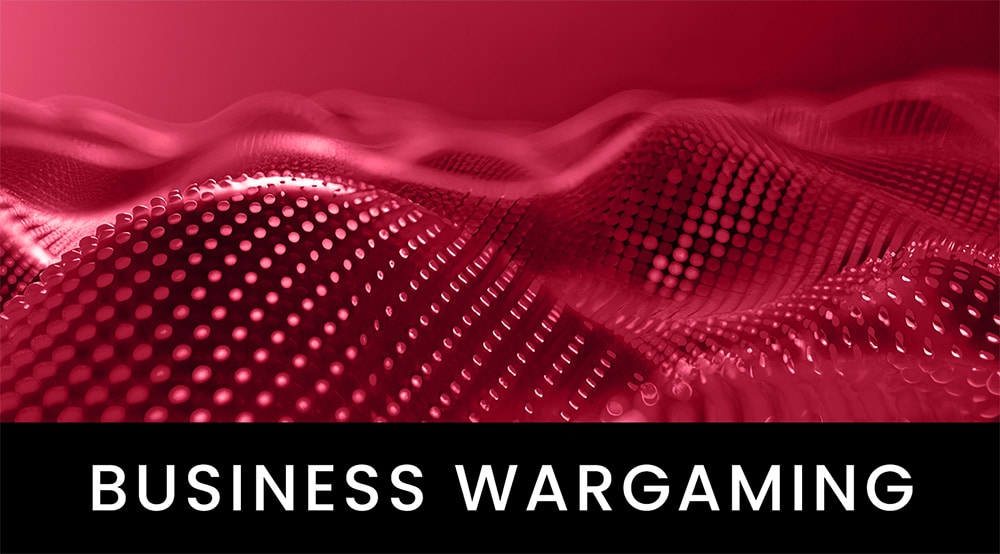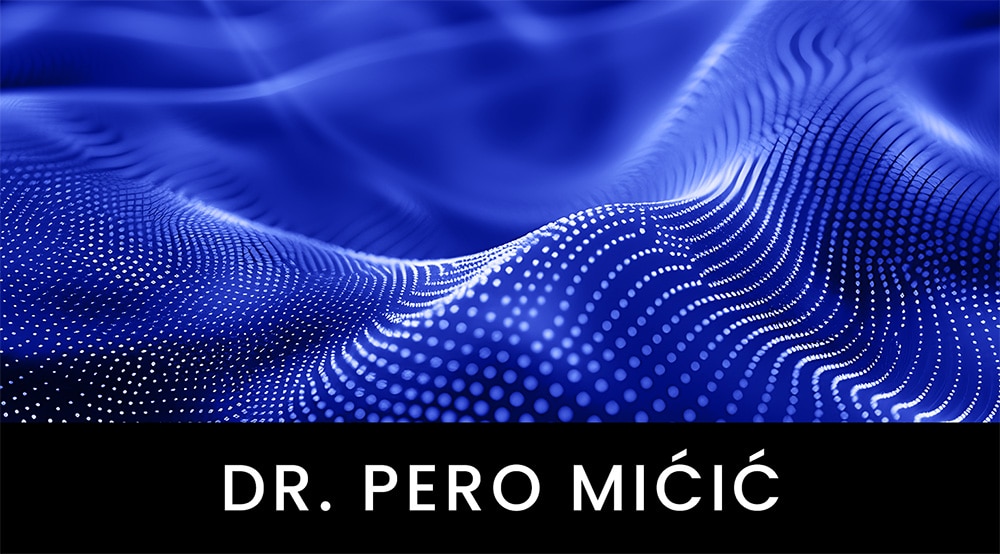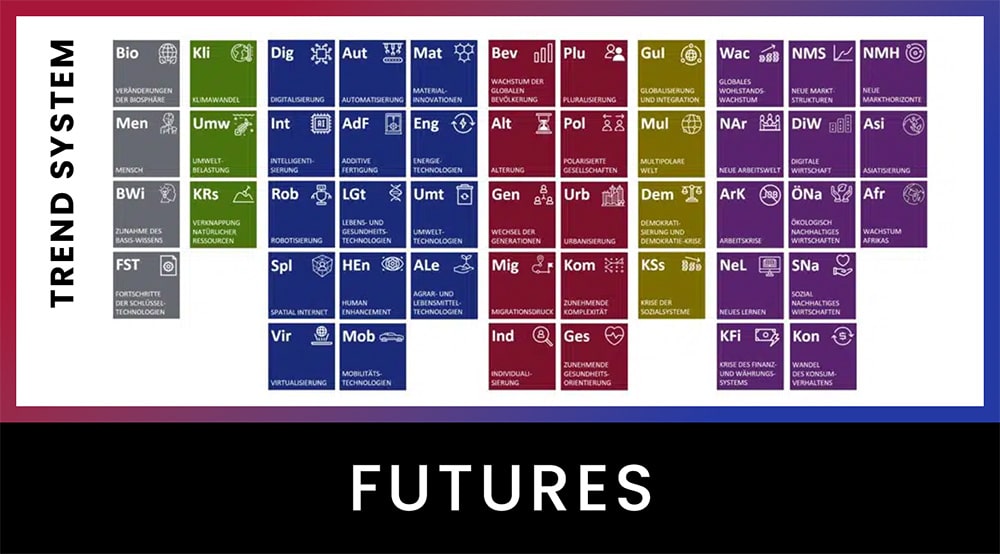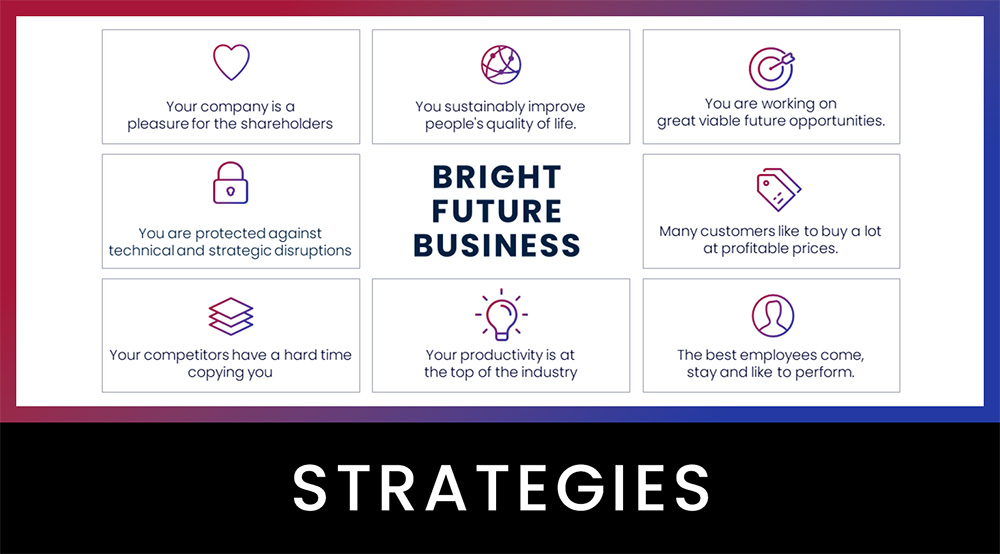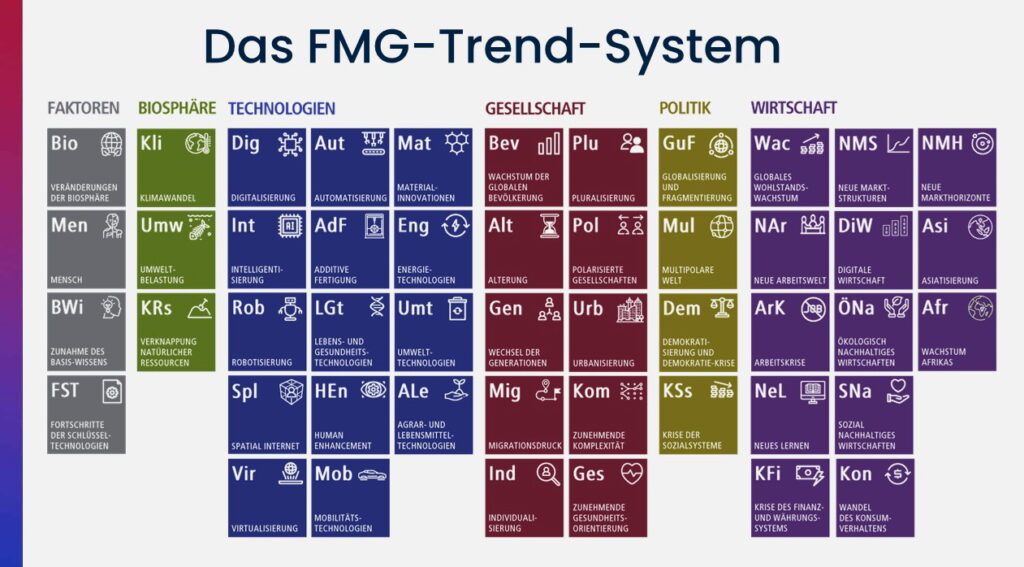Megatrend additive manufacturing
From the FMG Trend System: For your future-proof company
Additive manufacturing as a driver of change
Additive manufacturing represents a paradigm shift in production: instead of removing material, it is added layer by layer – the object is often created directly on the basis of a CAD file. This allows geometrically complex, individualized components to be produced quickly and resource-efficiently. The technology was long limited to prototype construction and small series, but is now increasingly being used in series production.
Whether in aviation, medical technology, the automotive industry or construction: More and more companies are recognizing the strategic potential of additive manufacturing – from shorter development cycles and flexible production to decentralized manufacturing models. To the overview of all megatrends
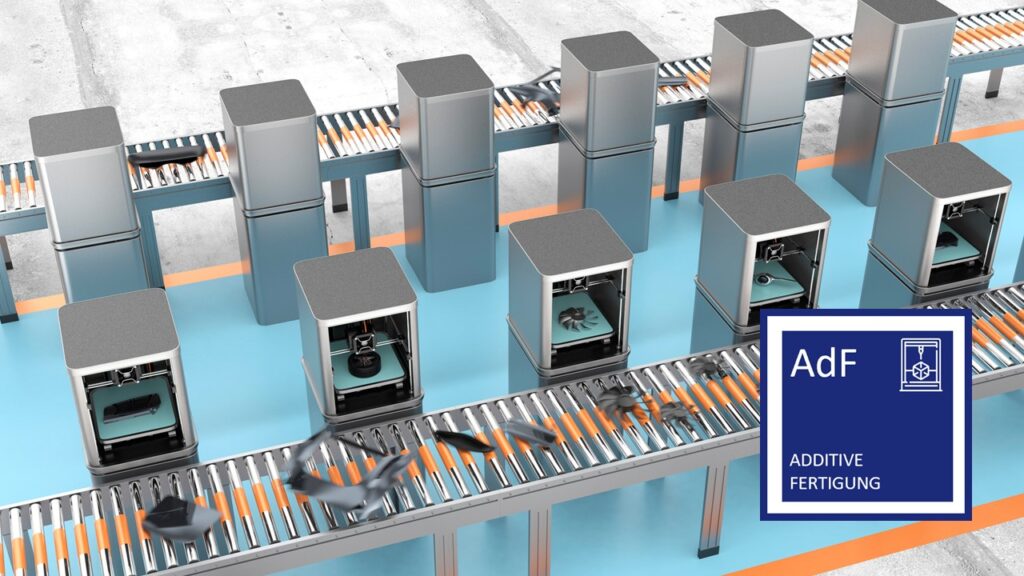
What does additive manufacturing mean for companies?
Additive manufacturing opens up new opportunities for companies: Components are manufactured directly on site, storage costs are reduced and time-to-market is shortened. At the same time, new business models are emerging – for example through personalized products, digital spare parts logistics or on-demand manufacturing. Sustainability goals can also be better achieved: Additive processes save material and energy and reduce transportation costs.
Additive manufacturing has long been a strategic competitive factor, especially in innovation-driven industries. Medium-sized companies benefit in particular from the increasing availability of affordable systems and service providers – and from new software solutions that make it easier to get started.
- Additive manufacturing and other technologies are the most transformative trends alongside human motives. We use our tools to shape the world, mostly to our advantage.
- The megatrend of additive manufacturing is just one of many that could be relevant for the future of your business.
- In addition to megatrends from the biosphere, society, politics and the economy, FMG’s trend system also includes the drivers that trigger trends such as additive manufacturing, the future factors. To the overview of all megatrends
Four key developments in additive manufacturing
1. 3D printing – digital shaping without tools
3D printing refers to a group of processes in which physical objects are built up layer by layer from digital templates. This makes production more flexible, more individual and significantly faster.
Fused deposition modeling (FDM) is one of the most widely used processes and is particularly suitable for functional prototypes and small series.
Selective Laser Sintering (SLS) fuses powder particles into solid objects – ideal for technical components with high strength.
Electron Beam Melting (EBM) enables the processing of metals under vacuum and is used in medical technology and aerospace.
Stereolithography (SLA) produces high-resolution components from photopolymers – e.g. for dental technology or jewelry design.
Rapid manufacturing describes the use of 3D printing for functional end products – not just prototypes.
2. new materials – key to function & scaling
Modern materials expand the range of applications for additive processes enormously. Choosing the right material is becoming a decisive factor for quality, stability and cost-effectiveness.
Multi-material printing combines different materials within an object – such as flexible and rigid zones.
Next-generation plastic filaments offer higher temperature resistance, impact strength or biocompatible properties.
Metal alloys for additive processes enable the production of highly resilient parts – e.g. in the aerospace industry.
Biomaterials for 3D printing are used in regenerative medicine and bioprinting.
High-performance ceramics allow applications in electronics, sensor technology or in the high-temperature range.
3. 4D printing – dynamics through intelligent materials
4D printing adds the dimension of time to the concept of 3D printing: objects can actively change after they have been produced – for example due to temperature, light or humidity.
Programmable materials specifically change their shape or properties in response to external stimuli.
Bistable structures reduce mechanical components and increase service life – e.g. for active components.
4D bioprinting enables the printing of biological structures that develop in the body – such as tissue or implants.
Soft Robotics uses 4D printing for movable, shape-changing robotic solutions without traditional joints.
Recyclable designs can contribute to more sustainable product use through reversible deformation.
4. personal fabrication – production becomes decentralized
Personal Fabrication stands for the ability to design and manufacture products yourself – using affordable 3D printers and open CAD platforms. This democratizes manufacturing.
Desktop Manufacturing allows individuals or small companies to produce their own designs.
3D design software for non-experts makes it possible to model objects without specialist knowledge.
Open source print templates promote the exchange and reuse of products worldwide.
Sharing platforms for designs enable community-based product development.
On-demand production at home reduces delivery times and creates new forms of customer involvement.
Conclusion: Using additive manufacturing as a targeted opportunity
Additive manufacturing is not only changing how products are created, but also where and by whom they are manufactured.
Companies benefit from shorter development times, flexible production and lower inventories.
At the same time, new markets are emerging – for personalized products, digital spare parts and sustainable production models.
- With the Future Radar Program, you can identify the most relevant additive manufacturing processes, materials and applications for your business model – and use them to develop sustainable competitive advantages.




